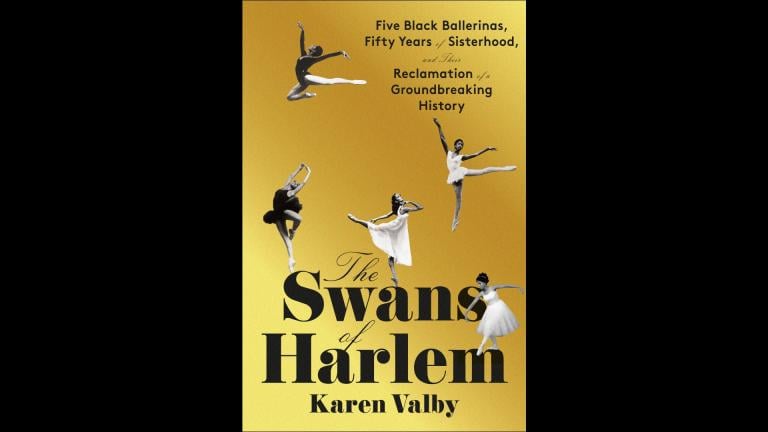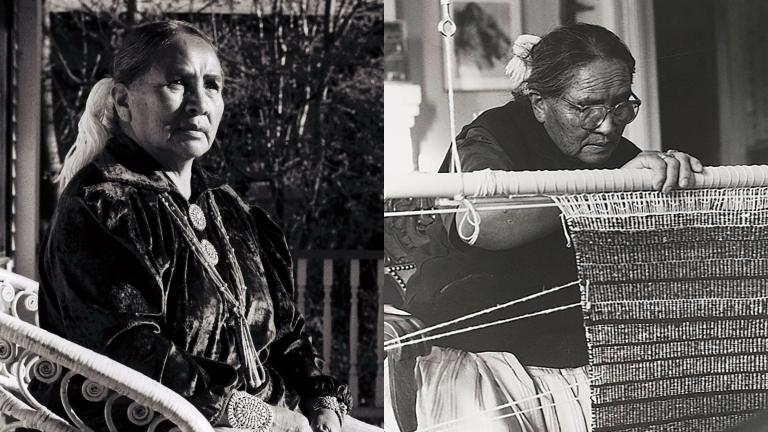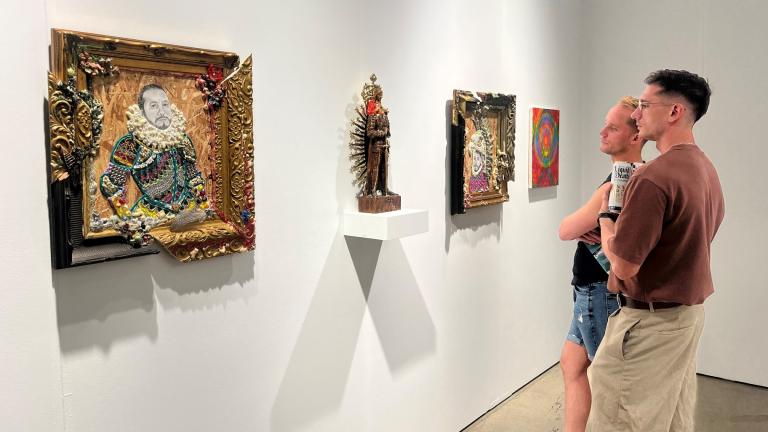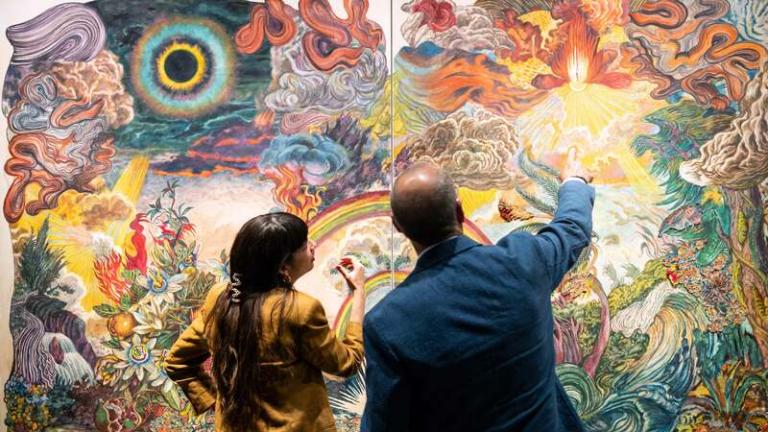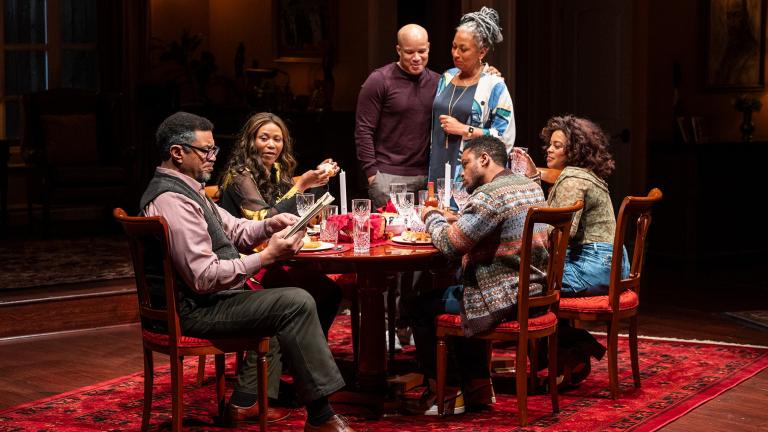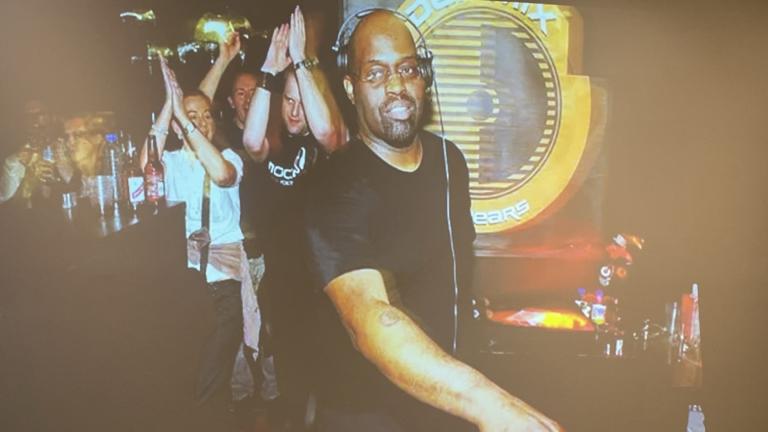An exhibit at the Chicago History Museum highlights the experiences of Muslim Chicagoans. Through audio interviews, more than 40 voices share stories of faith, identity and personal journeys in “American Medina: Stories of Muslim Chicago.”
We meet the man behind one of those voices and learn about the work he’s doing for Muslim Chicagoans.
Preserving stories for future generations. That’s one of the many goals behind a new installation at the Chicago History Museum.
Known as the “American Medina,” Chicago has become home to thousands of Muslims, similar to the historic city of Medina in modern day Saudi Arabia.
“Some of the first purpose-built mosques in the United States were built for the World’s Columbian Exposition in 1893,” said Peter Alter, chief historian at the Chicago History Museum. “The Ottoman Empire built a mosque and also the leaders of Egypt – on the midway. Those of course were torn down, or burned down in 1894, but that kind of starts Chicago as the centerpiece of the history of Muslims in the United States.”
The exhibit intertwines Muslims’ stories with the story of Chicago. Visitors can listen to more than 40 personal narratives that are enhanced by prayer rugs, maps, photographs, videos, artwork and other everyday items that detail their journeys. One of these artifacts includes a Sufi turban created by Umar Northern. He’s one of two people in the world that creates such turbans.
“In Islam there is a tradition,” Northern said. “It says, ‘Go from fighting the small war, which is fighting with other people, to fighting the big war which is fighting yourself.’ That’s what the turban represents. It represents inner struggle to not only be right but learn and be the best that you can.”
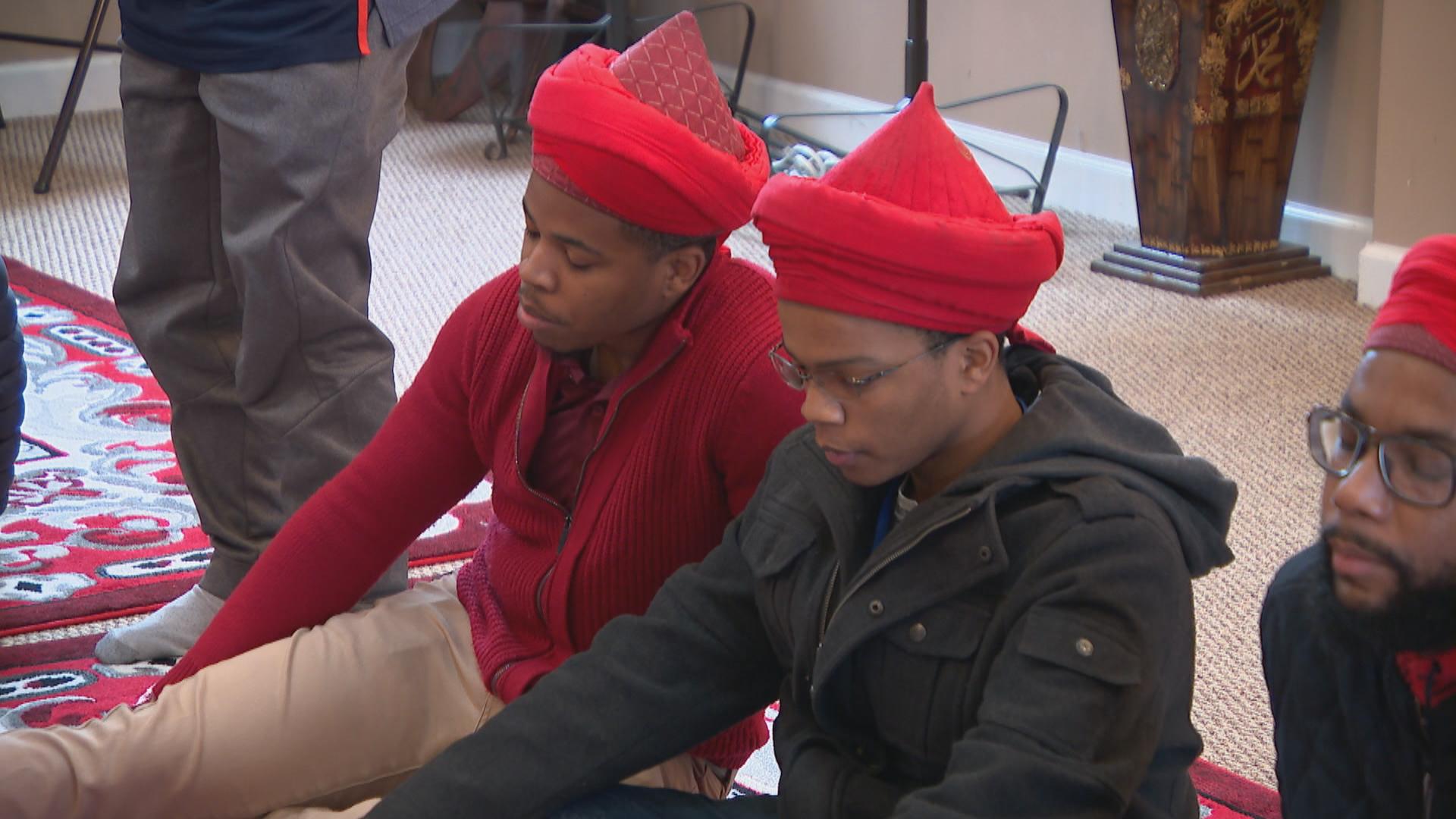
Northern describes the turban as a traditional Islamic headdress for Muslim men. With a 1,400-year history, it’s designed like the turban worn by the Prophet Muhammad. The color red represents the energy of people of African descent as well as the blood shed by their ancestors. Unlike other turbans, this style features a cone known as a “taj.” While it only takes a an hour or two to make, Northern says creating these one-of-a-kind turbans for his Masjid Al-Hafeez community has helped him maintain a faith he’s been practicing for 22 years.
“American Medina” is the last of three exhibits at the museum that explore the impact of Abrahamic religion on the city. The first, “Catholic Chicago,” was featured in 2008, and the second, “Shalom Chicago,” was featured in 2012. It’s the museum’s hope that those who visit will have a better understanding of the role of Muslims in Chicago with the help of a common theme: oral history.
“While we feature less than a third of the overall collection, we will have over 130 oral history interviews eventually online,” Alter said. “That will be an ongoing archive. That’s our historical legacy and why we chose oral history.”
“American Medina: Stories of Muslim Chicago” is on exhibit through March 2021 at the Chicago History Museum.
Follow Angel Idowu on Twitter: @angelidowu3
Angel Idowu is the JCS Fund of the DuPage Foundation Arts Correspondent.
This story was first published on Oct. 28, 2019.
Related stories:
Inside Nevermore Park, Hebru Brantley’s New Immersive Experience
Front Lawn Art Installations Pay Tribute to Late Chicago Artist
Native American Jewelry Tells ‘Stunning Stories’ of Indigenous People

